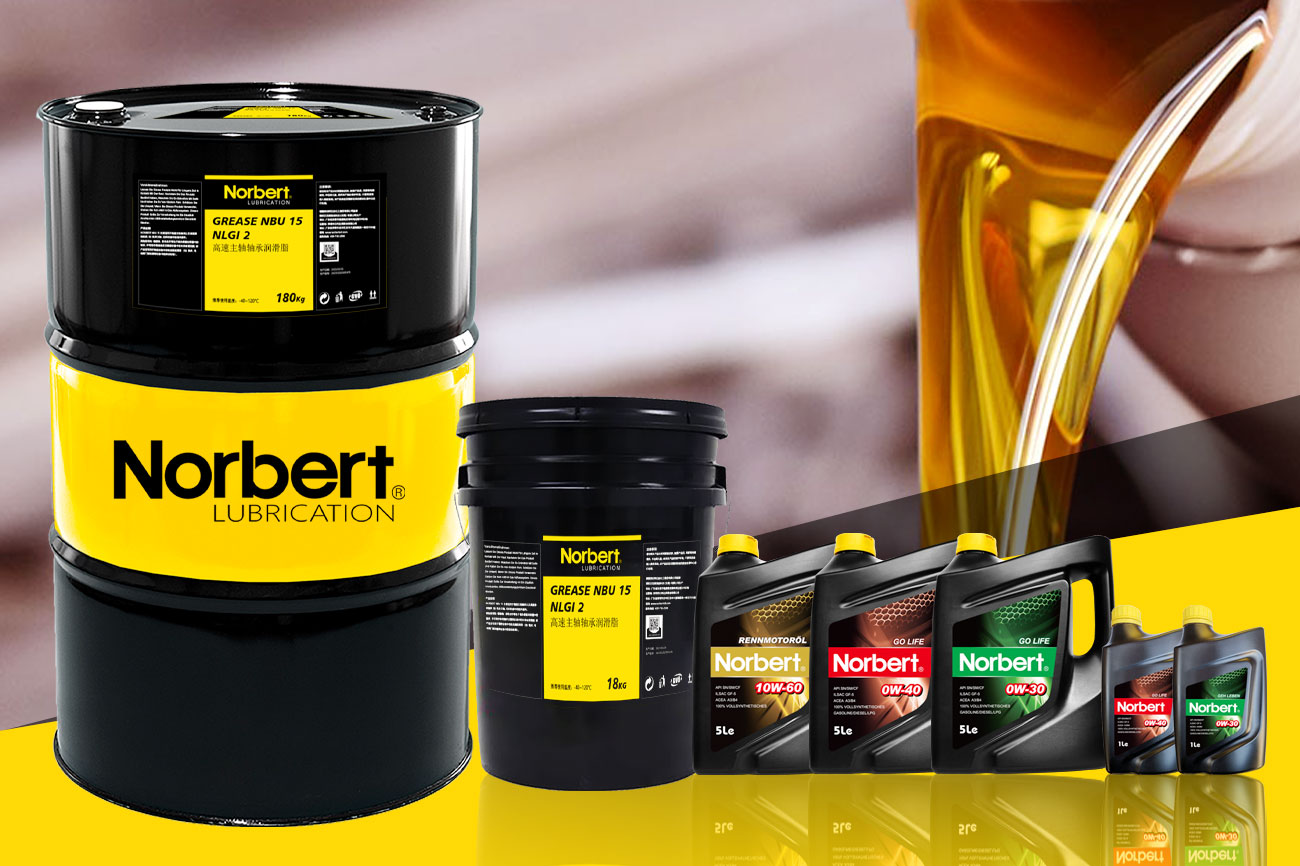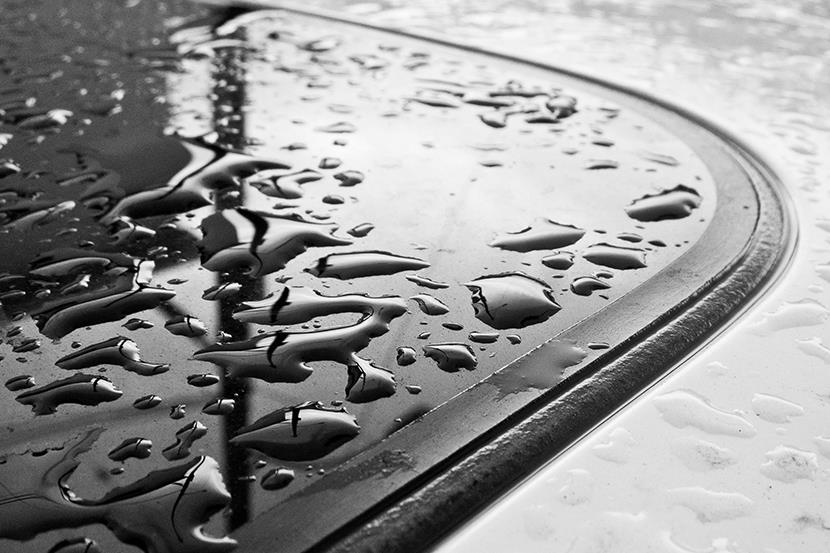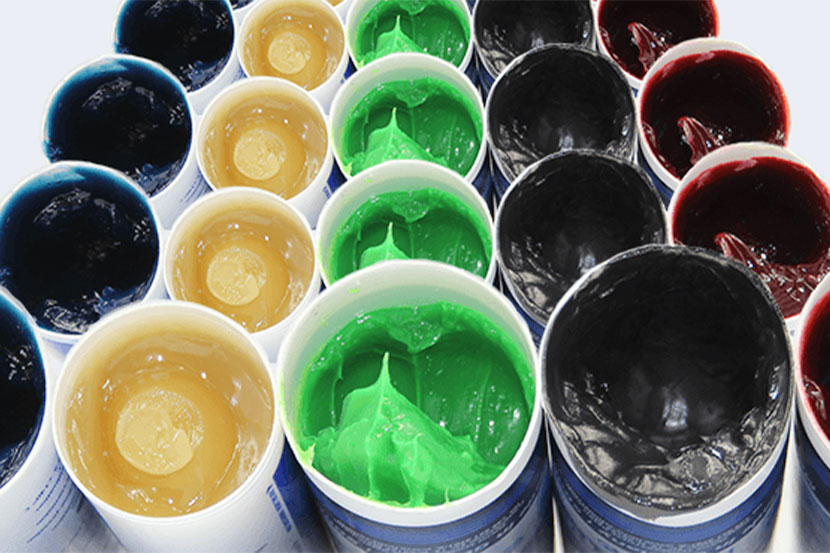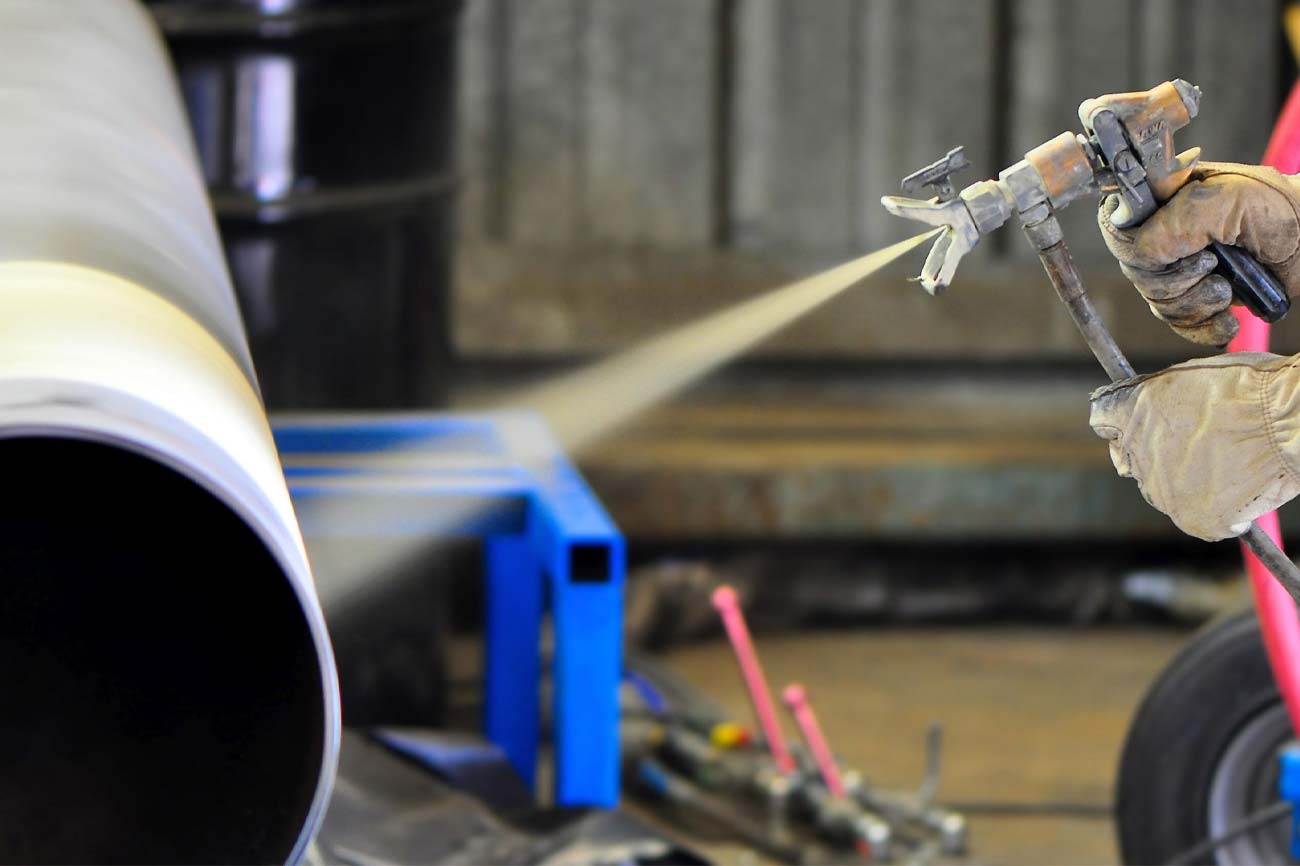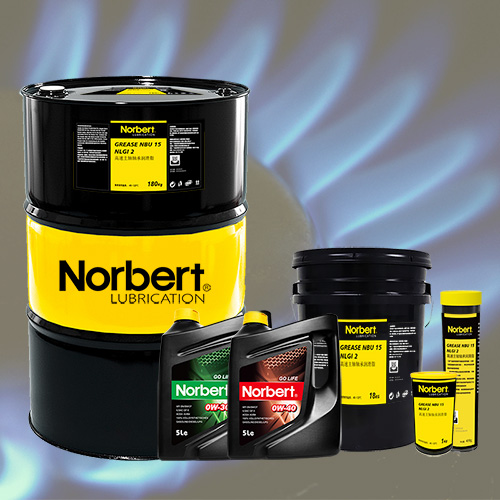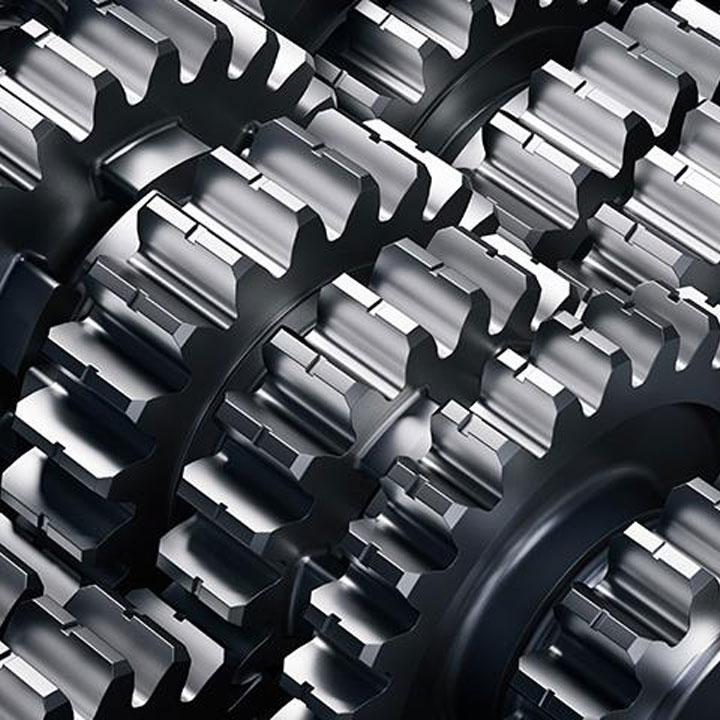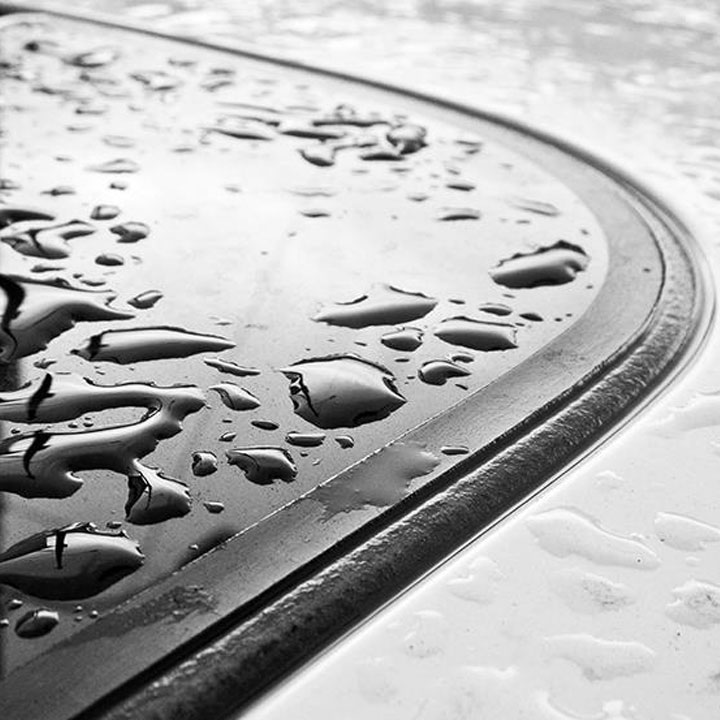Dry lubricating coatings, also called friction-reducing coatings, offer many advantages over conventional oils in high temperature, applications with special hygiene requirements or in highly loaded industrial machinery components. Our special friction coatings help optimize the coefficient of friction and sliding properties of components and extend service life.
Overview: Norbert Lubricants' dry lubricant coatings
- Longer service life: Our special low-friction coatings optimize the coefficient of friction and sliding properties of components and reduce maintenance costs.
- High hygiene and safety requirements: Whereas normal lubricants may drip from friction points, dry lubricant coatings create a strong, clean lubricant layer.
- High thermal stability: dry lubricating coatings can be used at temperatures above 300°C.
- High performance solutions: Capabilities and expertise come from 90 years of R&D and experience.
What is a dry lubricant coating?
Dry lubricant coatings or friction-reducing coatings create a uniform, dry, low-friction lubricant layer on a wide variety of materials and components.
The composition of a dry lubricant coating is similar to that of a colored coating, except that instead of pigments, one or more solid lubricants are used. The important components of a low friction dry lubricant coating are
Solid lubricants: polytetrafluoroethylene (PTFE), molybdenum disulfide (MoS2), boron nitride, graphite or a combination of different solid lubricants.
Binder: organic or inorganic, containing 1 or 2 components
Solvent: organic solvent or water
High adhesion because of dry lubrication
Dry lubrication has always been well suited for industrial applications that require a clean, full-life lubricant. Dry lubricant coatings can also be used at ultra-low temperatures or ultra-high temperatures in excess of 300 °C.
Unlike other lubricants, dry lubricant coatings or friction-reducing coatings form a uniform layer of adhesion on the part. The clean lubricant layer is not washed off and does not need to be renewed (i.e. full life lubrication), optimizing production conditions and effectively reducing maintenance costs.
Advantages of dry lubricating coatings:
- Complete coverage of the part, forming a uniform lubrication layer
- No contamination due to dry lubrication
- Reduced friction, constant coefficient of friction
- Prevents or reduces noise (no stick-slip)
- Suitable for ultra-high and ultra-low temperatures
- Reliable all-life lubrication
